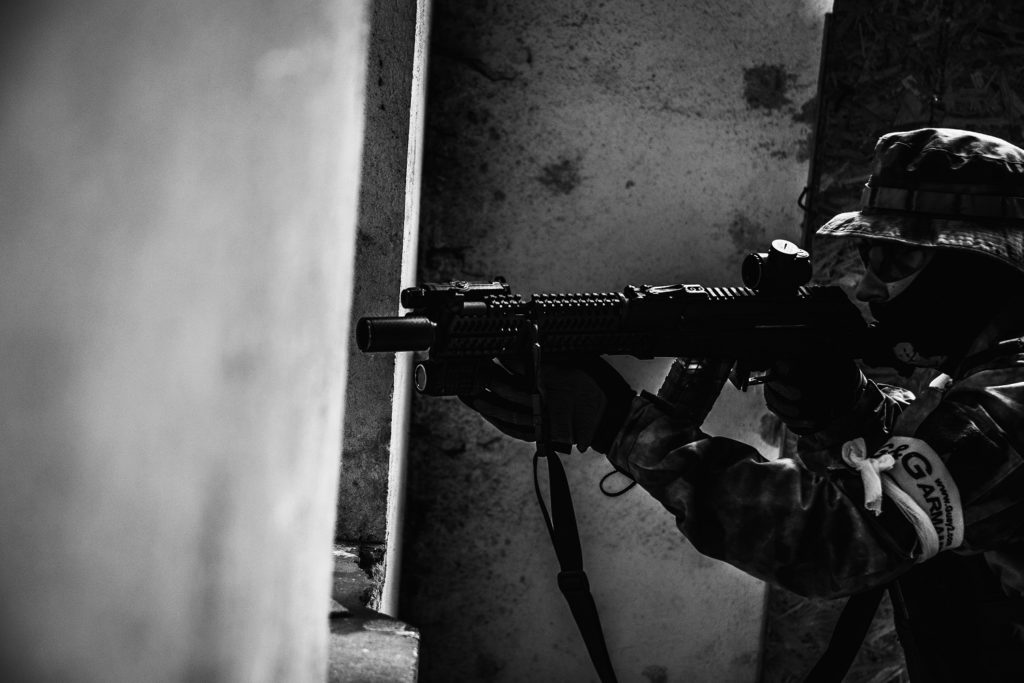
Do Body Armor with Plate Carrier Protect Against Bullet Threats?
Body armor with plate carriers are necessary to classify the level of protection of carrier plates. Due to the varied properties and applications of a carrier plate, it is dangerous to enter a gun battle without one. When the body armor with plate carrier vest is empty, it is comparable to carrying around an air-filled T-shirt. During a day fight, it is impossible to see a police officer wearing a red or blue T-shirt. Simply put, it is pointless to engage in combat without ballistic plates. Fabric body armor with plate carrier vests are worn over armor to protect the wearer’s torso. On most vests, front and rear armor plate pockets are standard, and the interior is frequently made of aramid. These armor plates are designed to provide protection.
First, body armor with plate carrier vests provide no missile protection. It is dangerous for police personnel to rely only on their carriers for gunfire protection. The presence of ballistic plates indicates the level of protection a plate-carrying vest provides. The level of security is determined by the usage of ballistic plates. Regarding body armor with plate carriers, there are numerous defense options accessible. It is possible to transport different ballistic plate protection levels on a single carriage. Keep in mind, however, that distinct body armor with plate carrier vests are required for each type of ballistic plate. The correct ballistic plates require a dependable carrier rig.
Frequently, the term “hard body armor” refers to a ballistic plate. The vast majority will be at the third or fourth level. It is feasible to construct the armor plates from either polyethylene (PE) or ceramics. Polyethene (PE) plates are ideal due to their resilience and light weight. Although equally protective, both ceramic and steel are bulky. This makes them a very heavy option as it affects overall mobility.
For more articles, please click here.